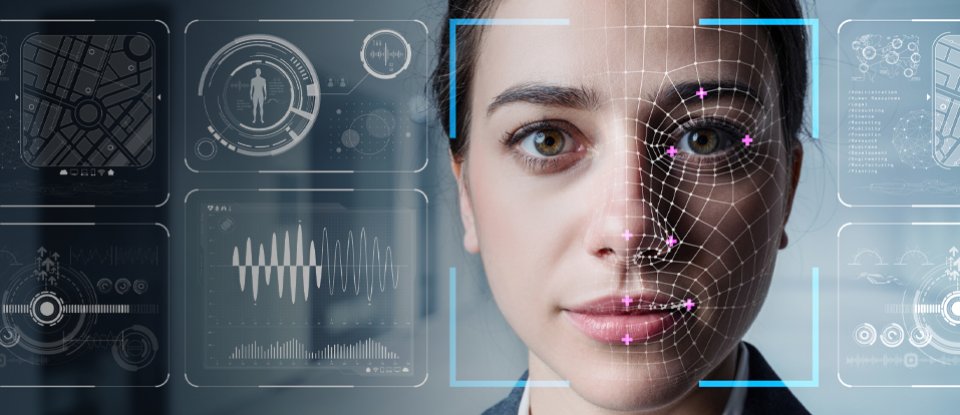Lawyer
In the conditions of the rapid development of information technologies, the implementation of facial recognition systems is becoming an urgent issue for law enforcement agencies in Ukraine. This article will provide an analysis of the legal aspects of the use of such technologies, as well as consider the issue of human rights in this context.
Use of facial recognition technologies: legal field
The main legal act regulating the activities of law enforcement agencies in Ukraine is the Law of Ukraine "On the National Police". This law states that the police have the right to use technical means to exercise their powers. However, the legislation does not provide for detailed regulation of the use of facial recognition technologies.
Another important document is the Law of Ukraine "On Personal Data Protection". According to this law, processing of personal data is possible only with the subject's consent or on the basis of legitimate interests, in particular, ensuring public order and security. Thus, the use of facial recognition technologies requires careful analysis of documents and preparation of legal opinions to prevent human rights violations.
Human rights and the use of facial recognition technologies
One of the key issues is ensuring the right to privacy, which is guaranteed by Article 32 of the Constitution of Ukraine and Article 8 of the European Convention on Human Rights. The use of facial recognition technologies may pose a threat to this right as it involves the collection, storage and processing of biometric data without clearly defined legal grounds and procedures.
Consultation of a lawyer in this case is extremely important. A legal analysis of the documents governing the use of such technologies will determine whether law enforcement agencies are complying with the law and human rights. A lawyer can also provide a legal opinion of an attorney regarding the permissibility of using facial recognition technologies in specific situations.
Legal opinion of the lawyer
From a lawyer's point of view, the implementation of facial recognition technologies should meet the following criteria:
1. Legality: Use must be regulated at the legislative level. It is necessary to adopt a separate law or make changes to the existing normative legal acts that will clearly define the conditions under which such technologies can be applied.
2. Necessity and Proportionality: The use of technology must be justified and necessary to achieve a specific goal (eg crime prevention) and proportionate to that goal.
3. Transparency and accountability: The public must be informed about the use of such technologies. Law enforcement agencies should be held accountable for illegal or improper use of these technologies.
4. Data protection: Collected data must be protected from unauthorized access and use. Clear procedures for the storage and destruction of biometric data should be implemented.
Conclusion
Summing up, the use of facial recognition technologies by law enforcement agencies in Ukraine requires a comprehensive approach and legal regulation. Respecting human rights should be a priority, and the introduction of such technologies should be carefully regulated. A lawyer's consultation and a lawyer's legal opinion can ensure that the activities of law enforcement agencies comply with the requirements of the law and human rights protection standards.
Legal regulation should contribute to maintaining a balance between ensuring public safety and respecting the private life of citizens, which is the foundation of a democratic society.





























